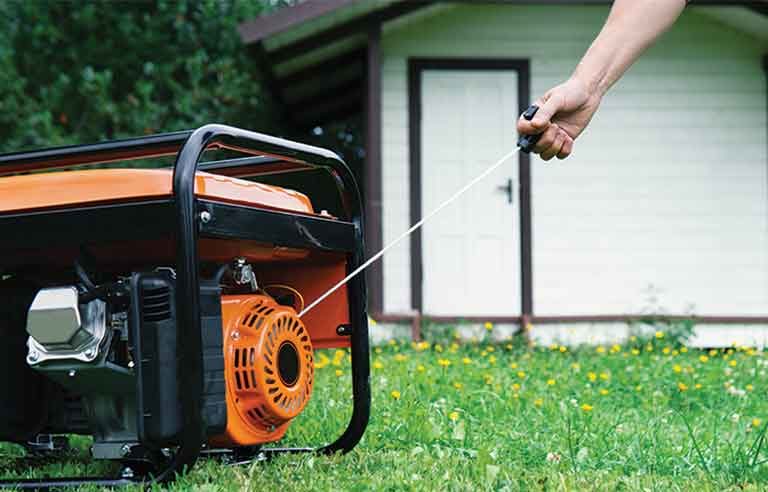Deaths linked to carbon monoxide from heaters and generators continue to climb: report

Heaters, portable generators and other related products have sparked an increasing number of carbon monoxide-related deaths, according to a new report from the Consumer Product Safety Commission.
Carbon monoxide is an odorless and colorless gas that can be a fatal hazard.
Using 2010-2020 data, researchers estimate that non-fire CO poisoning deaths associated with consumer products under CPSC’s authority rose to an all-time high of 254 in 2019. That total dropped to 211 in 2020, but still exceeds all estimated totals from the previous nine-year period.
Generators (92) and portable heaters (33) were linked to the most CO deaths in 2020.
The CPSC offers these tips on safely using generators:
- Never operate a portable generator inside a home, garage, basement, crawl space, shed or other enclosed space. Opening doors or windows won’t provide enough ventilation to prevent the buildup of lethal levels of CO.
- Always operate portable generators outside, at least 20 feet away from enclosed spaces. Direct the generator’s exhaust away from your home and other buildings where someone can enter. Close windows and seal off vent openings that are near the generator or in the path of its exhaust.
- Regularly check and maintain your portable generator to ensure it will work properly when needed. Read and follow all labels, instructions and warnings on the generator and in the owner’s manual.
- Look for portable generators that have a CO shut-off safety feature.
All fuel-burning heating systems – including furnaces, boilers, fireplaces, woodstoves, water heaters, chimneys, flues and vents – should be inspected by a professional every year. During winter, clear snow from the outside vents for fuel-burning appliances such as furnaces so that dangerous levels of CO don’t build up indoors.
Additionally, install CO alarms on each level and outside each bedroom. Connected alarms are best, as they’ll all sound at once. Test alarms each month, replace batteries as needed and never ignore an alarm.
“Get outside immediately,” the CPSC says. “Then call 911.”
Post a comment to this article
Safety+Health welcomes comments that promote respectful dialogue. Please stay on topic. Comments that contain personal attacks, profanity or abusive language – or those aggressively promoting products or services – will be removed. We reserve the right to determine which comments violate our comment policy. (Anonymous comments are welcome; merely skip the “name” field in the comment box. An email address is required but will not be included with your comment.)
